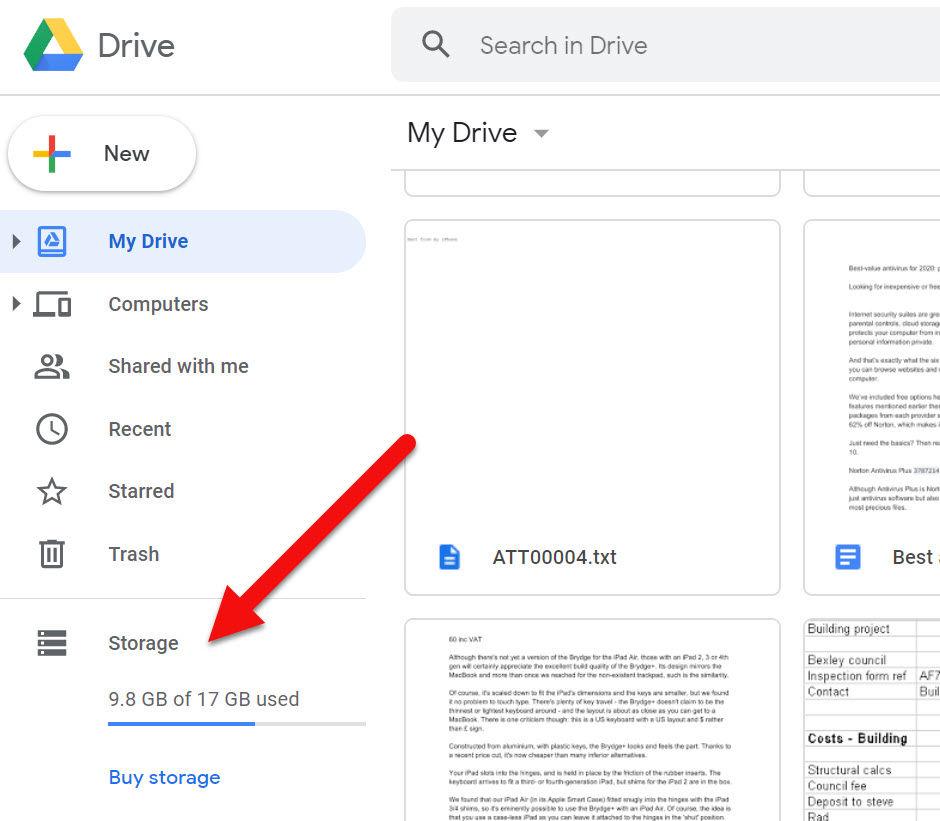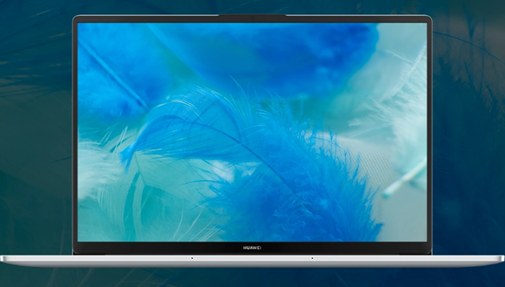How to Free Up Space in Google Drive
Have you gotten a warning that your Google Drive storage is almost full? If so, it's time to identify files that take up a lot of room, decide which ones you can delete to free up space, and maybe block people from sharing files with you in the future.
The process for freeing up space in Google Drive is basically the same whether you have a personal or organizational Google Workspace account. The details of what you see and what options you have vary only slightly, with one big difference. Personal account holders can use a tool from One Google to help them identify large files. Either way, the real meat of the process is finding files you don't need and deleting them—from your Drive and then from the Trash, too. Files in the Trash count against your storage, so don't forget to clear them out.
Your only other option is to pay for more space, which starts at a very reasonable $19.99 per year for 100GB. The latest upgrade options point you to Google One, which adds a few perks beyond storage, such as phone backups and expanded support.
First, Assess Your File-Removal Options
Before you purge all kinds of files from Google Drive, consider what exactly you want to do with them. For example, you might be able to delete old files, full stop. They're old, they're useless, just delete them, right?
Maybe. But for some files, you might instead download them first and save a copy elsewhere, like on your hard drive, a backup drive (whether an external drive or an online backup system), or a different cloud storage service. Once you save another copy, then you can delete them from Google Drive. This option is only workable if you have a lot of space available somewhere else.

You could download files to your hard drive, compress them into a ZIP file, delete the originals from Google Drive, and then upload the ZIP file to Google Drive. Let me emphasize "could" and add that I do not recommend this trick because it's highly inconvenient and only marginally effective at freeing up space. But you could do it.
How to Use Google One Storage Manager (Personal Accounts Only)
For your personal Google account—meaning not a work account—you can go to the Google One Storage Manager page at one.google.com/storage/management. This link isn't readily visible anywhere in your account, but it is extraordinarily useful for freeing up space in Google Drive and across your Google account.
The link takes you to a page with a summary of large files that Google has identified and where they live, such as in Drive, Gmail, your Spam folder, and so forth. From there, choose a category you want to target, click the related text shown (such as "Review and free up 2.3MB"), and follow the prompts to select documents, images, or videos to delete. When you finally click the trash icon to remove them, Google will warn you if what you're throwing away will not be recoverable, so pay attention.
How to Find and Remove Large Files (Personal and Business Accounts)
If you believe the bulk of your storage problems come from your own files, as opposed to files other people have shared with you, start with this process of finding and removing large files.
There's another route to see the same information. Go to Settings > General > Storage. There you'll see either View Items Taking Up Storage or Manage Storage, depending on what type of Google account you have. Click either one, andyou'll end up in the same view as described above.
How to Free Up Space on Your Apple Watch Running Out of Storage? Clean Up Apple Messages to Free Up Space35 Google Drive Tips You Can't Afford to MissHow to Remove Shared Files from Google Drive
If a lot of your storage woes are due to files other people have shared with you, you may want to target those files for deletion. I'll tell you how to do so here, but you may want to also block people from sharing files with you in the future, too, which I cover in the next section.
How to Block Unwanted Shared Files in Google Drive
If you're fed up with spammers, misguided relatives, and other people sharing files with you on Google Drive, you can block them from doing so in the future.
Check Your Backups
To prevent more files from piling up in your Google Drive in the future, check any automated backups you may have set. Automated backups might come from your desktop or your mobile device. For example, you might have a setting enabled on an Android phone or a Google Drive app that automatically backs up every photo and video you make, every screenshot you take, and every file you save. Those files can add up.
For more advice on managing storage and backing up, see The Beginner's Guide to PC Backup and How to Free Up Space on Your iPhone.
Sign up for Tips & Tricks newsletter for expert advice to get the most out of your technology.
EmailThis newsletter may contain advertising, deals, or affiliate links. Subscribing to a newsletter indicates your consent to our Terms of Use and Privacy Policy. You may unsubscribe from the newsletters at any time.
Thanks for signing up!Your subscription has been confirmed. Keep an eye on your inbox!








